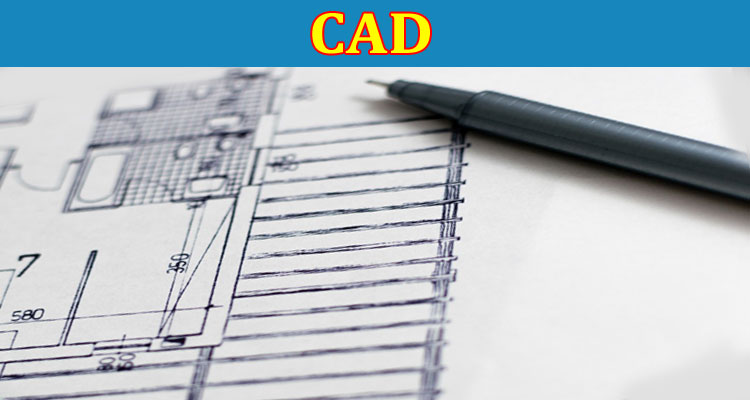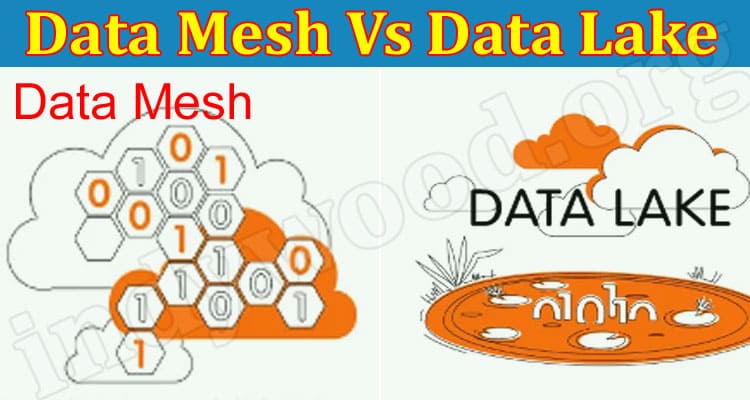The use of computer-aided design (CAD) in the design process has revolutionized the way architects, engineers, and other professionals create projects. CAD technology has enabled designers to develop faster and more accurate designs with fewer mistakes. In addition, CAD offers many benefits that can improve the efficiency and quality of a project.
Here are the top ten benefits of using CAD in design:
1. Increased Accuracy
The computer-aided design takes out much of the guesswork in creating a detailed blueprint or specification for a project. By allowing designers to digitally render their plans onto a computer screen, CAD ensures that all project components are accurately measured and linked together.
2. Improved Creativity
CAD allows designers to think outside the box when creating their designs since they can quickly make changes on their screen without having to redraw an entire plan from scratch each time an adjustment or modification is needed.
3. Faster Workflow
With traditional drafting methods, making changes often requires laborious reworking and redrawing of plans; however, with CAD, there is no need for such extensive rework as changes can be made quickly onscreen with just a few clicks from the user’s mouse.
4. More Accurate Cost Estimates
Since CAD accurately renders plans on screen based on exact measurements taken during the design process, it enables professionals to get a better grasp on costs associated with certain materials needed for a project before it is even started, which can help them stay within budget while still producing quality work at an affordable price point.
5. Easier Collaboration
Because most professional-grade CAD programs are compatible across multiple platforms and devices, they enable designers in different locations worldwide to easily collaborate on projects without having to worry about compatibility issues between different software types or devices used by each collaborator separately.
6. Greener Design Processes
Using computers in designing means that no physical paper needs to be printed out, which leads to fewer trees being cut down for paper production purposes, making for greener and more eco-friendly design processes overall.
7. Enhanced Visualization Capabilities
The computer-aided design provides enhanced visualization capabilities through 3D rendering tools, which allow users to see what their plans will look like in real life before any physical construction takes place, allowing them to adjust elements if needed before any materials are ever ordered or produced, leading to more cost savings as well as higher quality results overall when done correctly.
8. Greater Flexibility
Another great benefit of using CAD is its increased flexibility over traditional drafting methods, thanks mainly due to its digital nature; because all designs can be stored electronically instead of having them printed out physically, users have much greater freedom when it comes to making adjustments to existing plans.
9. Better Quality Control
CAD technology allows designers to have greater control over quality during construction since all components have been previously measured digitally, reducing the chances of mistakes being made during assembly. As a result, the end product is usually much better than one created using the traditional drafting method.
10. Easier Documentation
Since all data is stored digitally, it is much easier to access information from specific components when necessary document results afterwards;not only does it save time but money too since the designer doesn’t need to order additional copies of documents if one gets lost accidentally misplaced somewhere else.






